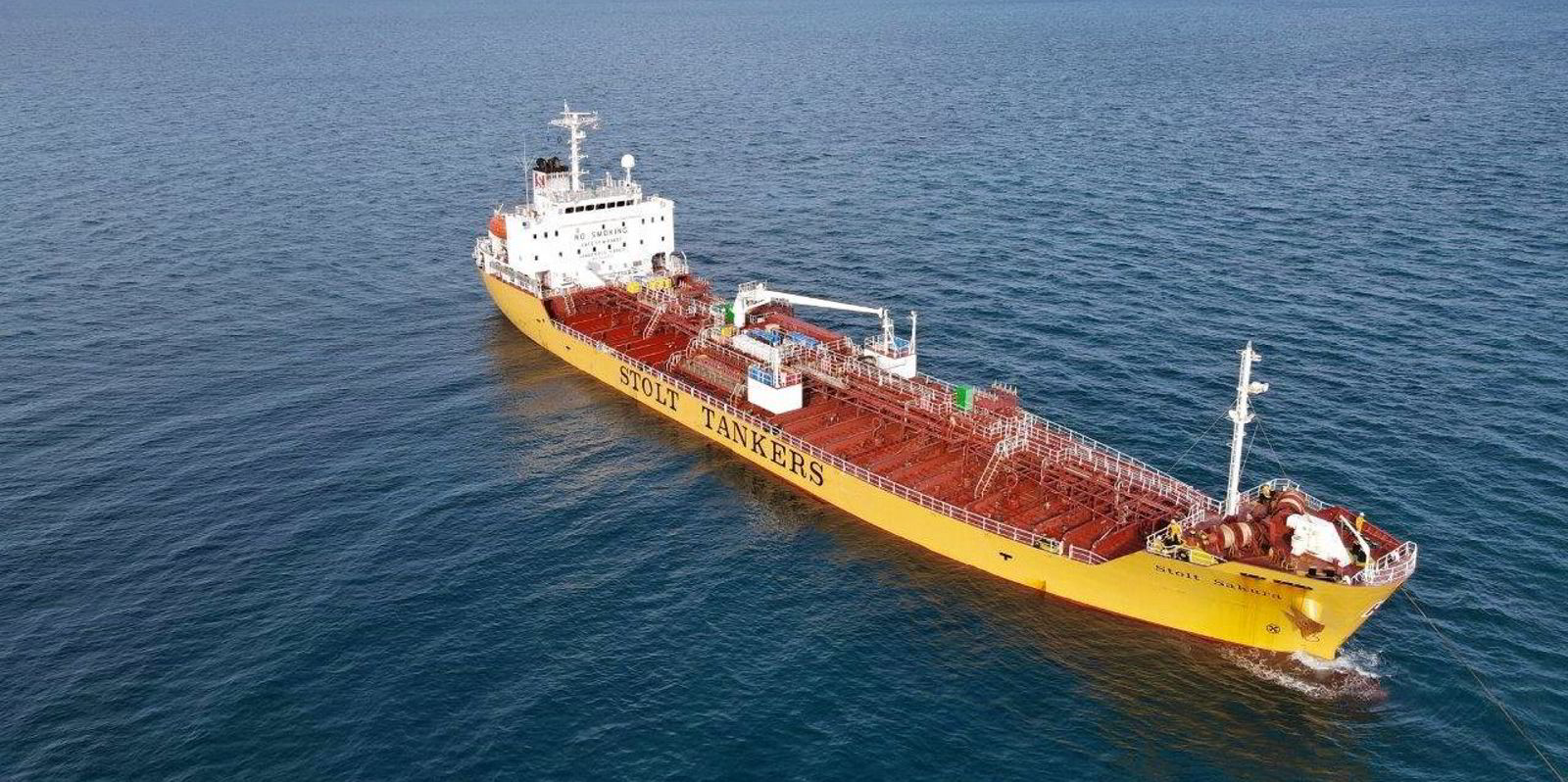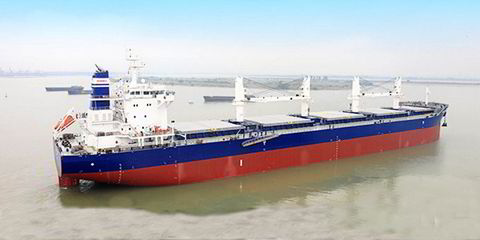Clarksons Research believes the huge disruption caused by transit restrictions at the Panama Canal will linger for some time yet.
Crossings will be cut to 18 per day from February, half of the usual number, due to low water levels caused by drought.
Steve Gordon, managing director of Clarksons Research, said: “Transit restrictions appear likely to remain in place for some time to come, with the rainy season in Panama falling from May to December.”
The months with the greatest average rainfall are October and November, which suggests restrictions “may not be significantly eased until the second half of 2024 or later”.
LPG vessels will be the most affected, due to the importance of the waterway for major trade routes and the vessels’ lack of priority in booking systems, Gordon believes.
VLGCs are already avoiding the canal to route via the Suez Canal or the Cape of Good Hope.
This is hugely increasing voyage lengths and is likely to boost rates into next year, Clarksons Research forecasts.
“There will also be an impact on overall freight costs associated with these longer voyages, potentially impacting arbitrage economics,” Gordon said.
The LNG carrier sector may also see some market upside as the lower availability of slots leads to re-routing of US to Asia trades to longer-haul voyages, he added.
Container ship impact limited
Container ships could face a mixed picture, with transpacific routes hit hardest, but boxships are given transit priority, meaning the impact will be felt less keenly.
Bulkers, product and chemical tankers will be more moderately affected, given the diversity of trade routes.
“However, there is still potential for some market upside as some ships travel longer distances, eg transporting US Gulf grain or chemical exports to Asia,” Gordon said.
Tanker freight rates on routes connecting the US Gulf with the west coast of South America have strengthened, standing 60% above the October average by late November.
Chemical tanker owner Stolt-Nielsen is re-routing its huge fleet away from the canal.
Ships are waiting 60 hours on average at the waterway.
But scheduling and re-routing management is expected to limit overall congestion levels in time, Gordon believes.
Total weekly transits of all vessels through the canal have been decreasing as restrictions have taken effect.
A total of 172 vessels passed through in the week to 24 November, down 25% from the average so far in 2023, Clarksons calculated.





